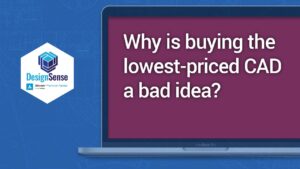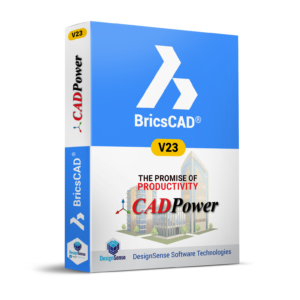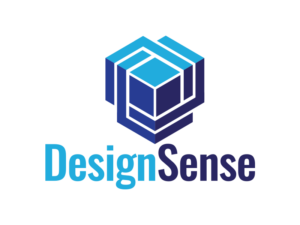Why is buying the lowest-priced CAD a bad idea?

Purchasing a software with the lowest price tag, commonly called the L1 buying approach is a dumb thing to do.
Lowest priced offer may seem like a tempting option, but it comes with several drawbacks and potential risks.
While some argue that the price is a crucial factor in decision-making, it’s essential to consider the long-term implications and the value offered by the software.
If you scan around in the CAD marketplace, you will find software that is priced from FREE to LOWEST to RIGHTLY PRICED to OVER-PRICED software.
We provide you with a perspective on why opting for the middle-path is the wisest things to do, and why you should avoid falling into the trap of buying lowest-priced CAD software.
You can use DWG CAD software for free, or pay as low as INR 8,000 per license in India.
There is also another vendor who sells software in the range of INR 12,000 to INR 14,000 per license. In comparison, BricsCAD’s list-price range varies from around 30,000 to 1.5 lakhs rupees, which is a true-reflection to its commitment to quality and innovation. Based on your unique requirements, we can structure the most optimum financial deal for you.
If you pay peanuts, you get monkeys. And that is exactly what you get when you go for the lowest price.
Quality is a critical aspect when it comes to CAD software. Cheaper options often lack the robust engineering and reliability found in more reputable products like BricsCAD (or even AutoCAD for that matter, the problem with AutoCAD is that it is over-priced and over-engineering).
Cheaper software is built by smaller companies with uncertain pedigrees, using questionable code and lacking essential features and functionalities.
Moreover, technical support plays a crucial role in the software’s overall usability and user experience.
Low-priced CAD software often comes with inadequate or non-existent technical support, leaving users stranded with issues and problems.
This lack of support can lead to various challenges, such as frozen or corrupted drawings, compatibility issues with third-party partner products, and difficulties performing specific tasks.
The seemingly small savings made by choosing the cheapest CAD option can quickly turn into significant losses over time due to the problems and limitations encountered.
Investing in higher-quality CAD software like BricsCAD ensures a more seamless and productive workflow, fewer compatibility issues, and access to reliable technical support when needed.

In today’s competitive landscape, the cost of software is not the sole determinant of value.
The focus should be on investing in software that provides a balance between price and quality, accompanied by robust technical support.
Ultimately, opting for the lowest-priced CAD software may save a few thousands of rupees upfront, but it can lead to headaches and inefficiencies in the long run, making it a less appealing and prudent choice.
For all design organizations, the most important and expensive component of their operating expenses is their manpower costs.
If your users end up spending all their time on the phone with customer support trying to fix (and often fail in their attempts) the software issues. This is clearly a case lost in vain.

